Nutritional Bar Size
Nutritional Bar Market Growth Projections and Opportunities
The nutritional bar market is influenced by a myriad of factors that shape its dynamics and growth trajectory. One of the primary drivers of this market is the increasing awareness and focus on health and wellness among consumers. As people become more conscious of their dietary habits, there is a growing demand for convenient and nutritious snacks, and nutritional bars fit this niche perfectly. The rising trend of maintaining an active lifestyle further propels the market, as these bars are often marketed as quick and energy-boosting solutions for on-the-go individuals. Moreover, the prevalence of dietary restrictions and preferences plays a pivotal role in shaping the nutritional bar market. With an increasing number of people adopting specialized diets such as gluten-free, vegan, or keto, manufacturers are formulating bars that cater to these specific needs. This diversification of product offerings helps in expanding the customer base and ensuring inclusivity within the market. Additionally, the emphasis on natural and organic ingredients is gaining traction, as consumers are becoming more discerning about the nutritional content and origin of the products they consume. The competitive landscape and innovation within the food industry also significantly impact the nutritional bar market. As numerous companies vie for market share, there is a constant drive to introduce novel flavors, ingredients, and formulations to capture consumer attention. This competitive environment fosters innovation and product differentiation, leading to a continuous evolution of the nutritional bar market. The influence of marketing strategies cannot be understated either, as effective branding and communication play a crucial role in consumer perception and choice. Economic factors also contribute to the market dynamics of nutritional bars. The purchasing power of consumers, economic stability, and disposable income levels directly affect their buying behavior. In times of economic prosperity, consumers may be more willing to spend on premium and specialized nutritional bars, while economic downturns may lead to a shift towards more budget-friendly options. Therefore, economic indicators and trends play a pivotal role in determining the overall market demand and consumption patterns. Furthermore, regulatory factors and government policies impact the nutritional bar market. Stringent regulations regarding food labeling, health claims, and quality standards shape the manufacturing and marketing practices of companies in this sector. Compliance with these regulations is not only a legal necessity but also influences consumer trust and confidence in the products. Government initiatives promoting healthy eating habits and combatting issues such as obesity can also drive the demand for nutritious snacks like nutritional bars. Lastly, consumer demographics and lifestyle changes contribute significantly to the nutritional bar market's dynamics. The preferences of different age groups, from millennials to seniors, influence the types of nutritional bars in demand. Additionally, urbanization and hectic lifestyles contribute to the popularity of convenient and portable snack options, making nutritional bars a go-to choice for many.
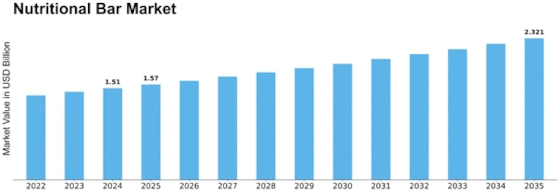

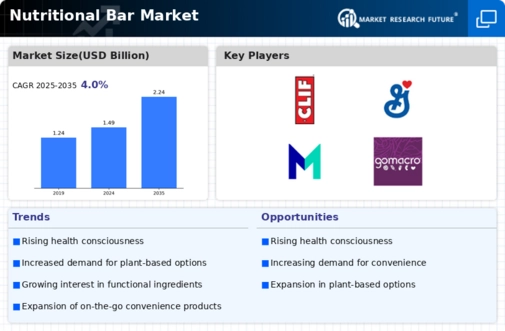

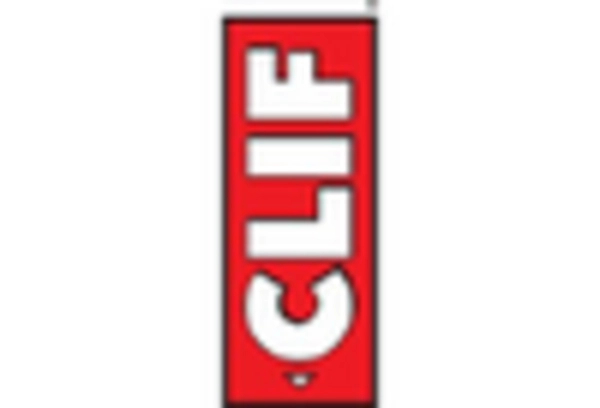
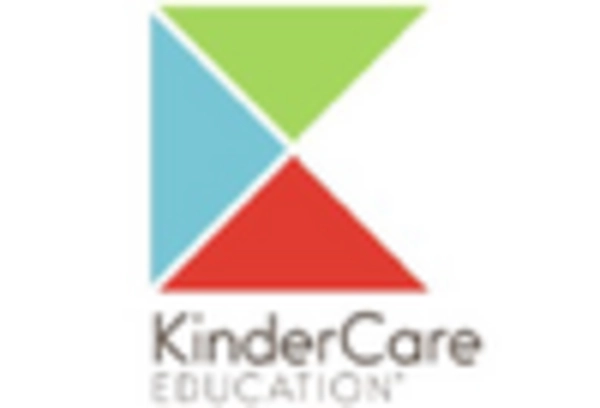
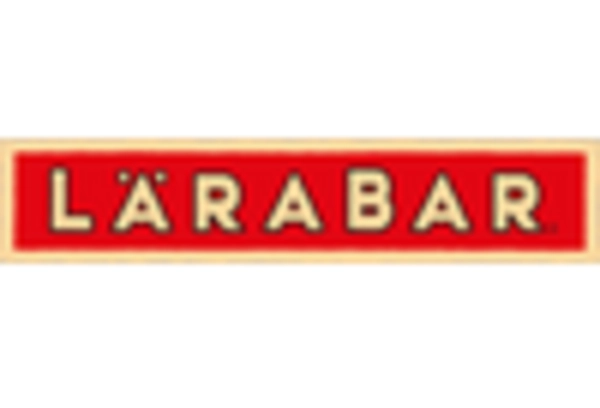
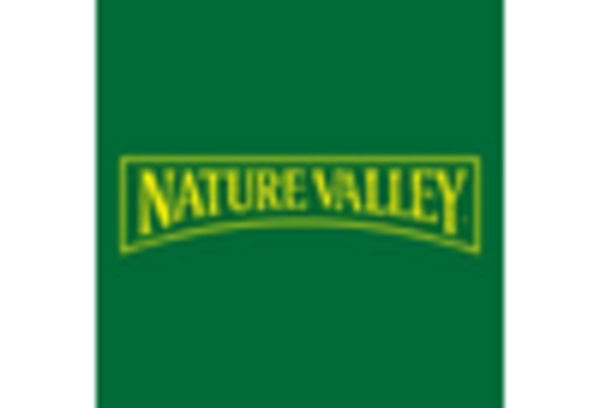

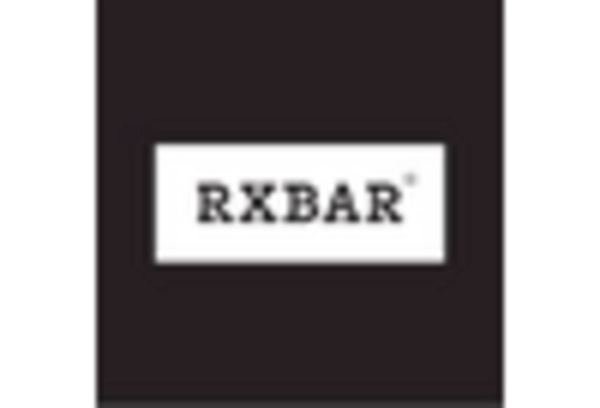

Leave a Comment